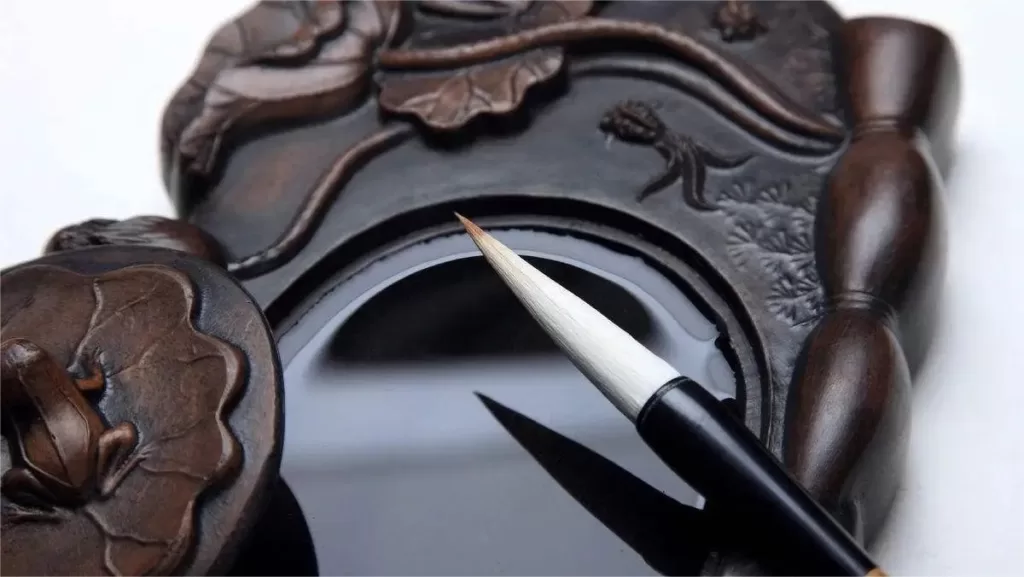The Chinese inkstone, known as “yan” in Mandarin, is a traditional tool used for grinding ink in East Asian calligraphy and painting. It holds a significant role in Chinese culture and is regarded as an essential item for artists, scholars, and calligraphers. This introduction aims to provide a glimpse into the history, characteristics, and uses of the Chinese inkstone for foreigners who are interested in exploring its unique beauty and cultural significance.
Dating back thousands of years, the Chinese inkstone has been an integral part of Chinese artistic and scholarly traditions. It is typically made of stone, such as slate, limestone, or granite, and features a smooth and flat surface with a shallow well carved into it. The inkstone is designed to hold and grind ink sticks, which are solid blocks of ink made from carbonaceous materials, such as pine soot and animal glue.
One of the distinctive features of the Chinese inkstone is its ability to produce high-quality ink. The grinding process involves rubbing the ink stick against the moistened surface of the inkstone in a circular motion. The friction between the ink stick and the stone releases the ink particles, resulting in a smooth and well-balanced ink consistency. Artists and calligraphers can control the richness and intensity of the ink by adjusting the amount of water added during the grinding process.
The Chinese inkstone offers a tactile and meditative experience for artists and calligraphers. The rhythmic grinding motion and the subtle sound produced during the process create a serene atmosphere, allowing practitioners to connect with their inner creativity and focus. The process of grinding ink is seen as a contemplative practice that cultivates patience, discipline, and a deep appreciation for the art form.
In addition to its practical uses, the Chinese inkstone holds symbolic meaning in Chinese culture. It represents the importance of diligence, perseverance, and self-discipline in the pursuit of knowledge and artistic mastery. The inkstone is often associated with the Chinese philosophical concept of “wen-wu,” which emphasizes the harmony between literary and martial arts. It embodies the notion that the path to enlightenment and wisdom is achieved through the cultivation of both artistic and intellectual pursuits.
The Chinese inkstone is not merely a tool for grinding ink; it is also considered an artwork in itself. Inkstones are crafted with meticulous care, showcasing exquisite craftsmanship and artistic designs. Some inkstones feature intricate carvings, beautiful patterns, and inscriptions of poems or famous calligraphy, adding an aesthetic appeal to the tool. Collecting and appreciating inkstones has become a passion for many art enthusiasts and connoisseurs around the world.
Today, the Chinese inkstone continues to be widely used by artists, calligraphers, and enthusiasts globally. Its versatility, cultural significance, and connection to Chinese traditions make it a cherished item for anyone interested in East Asian art and calligraphy. As you delve into the world of the Chinese inkstone, you will not only discover its practical uses but also experience the rich heritage, artistic value, and profound symbolism that it embodies.

